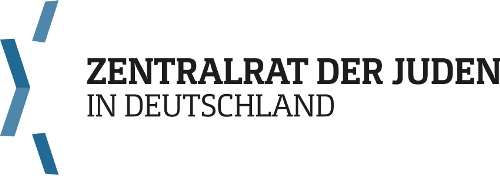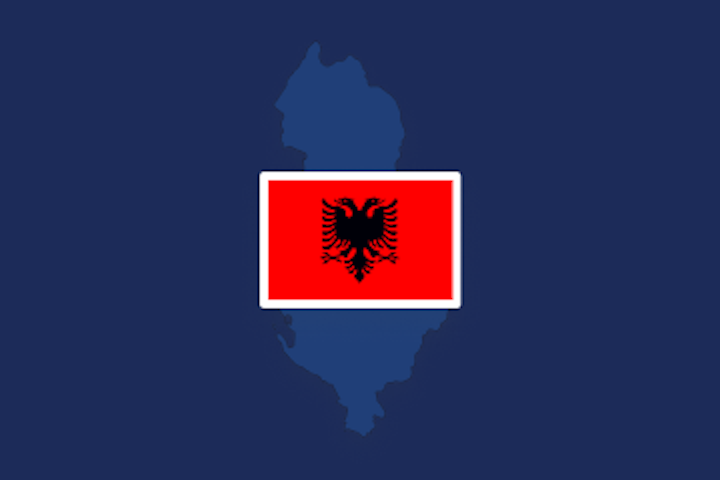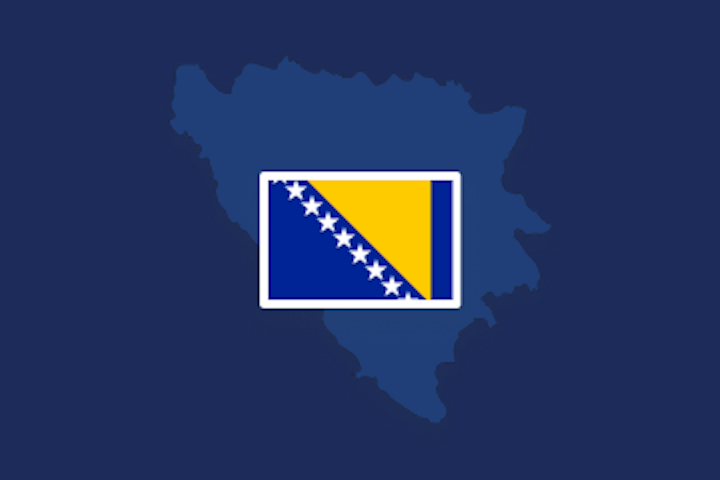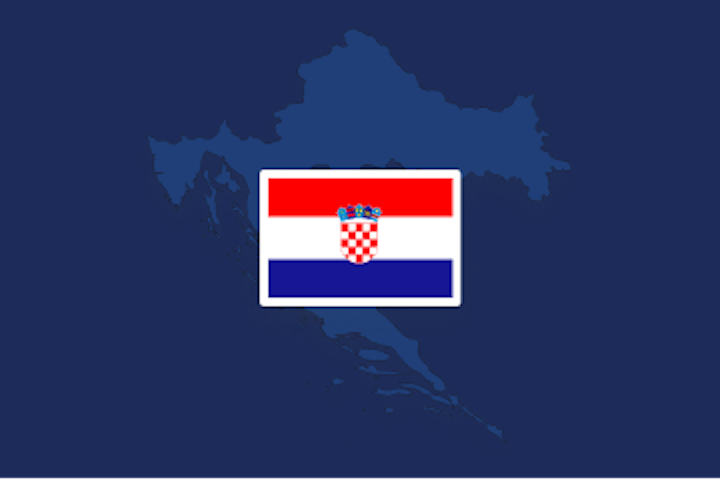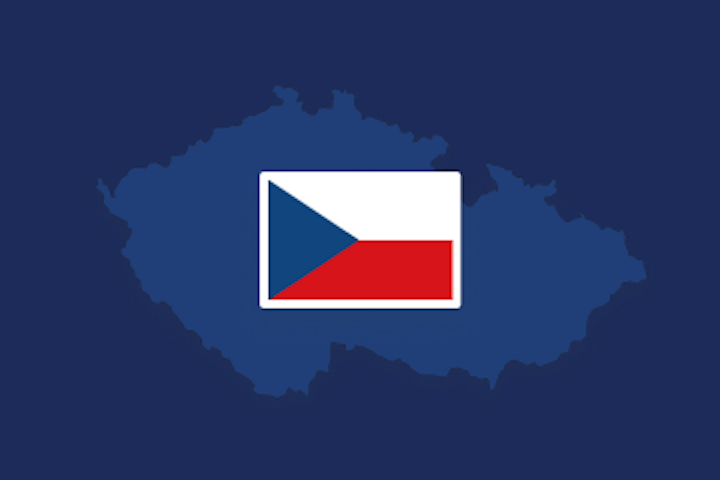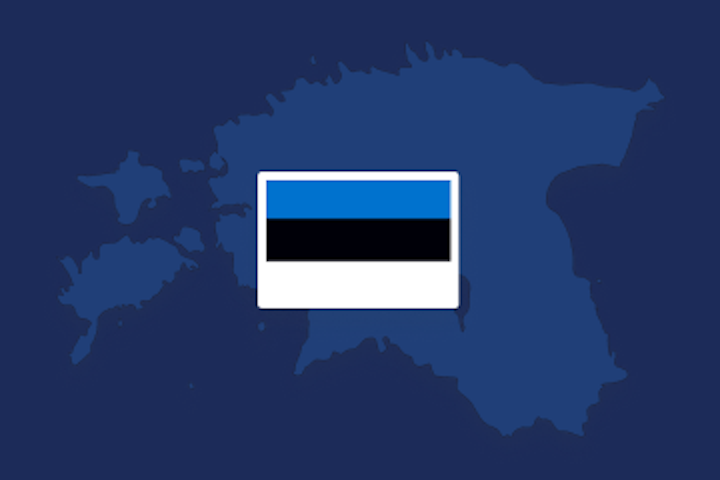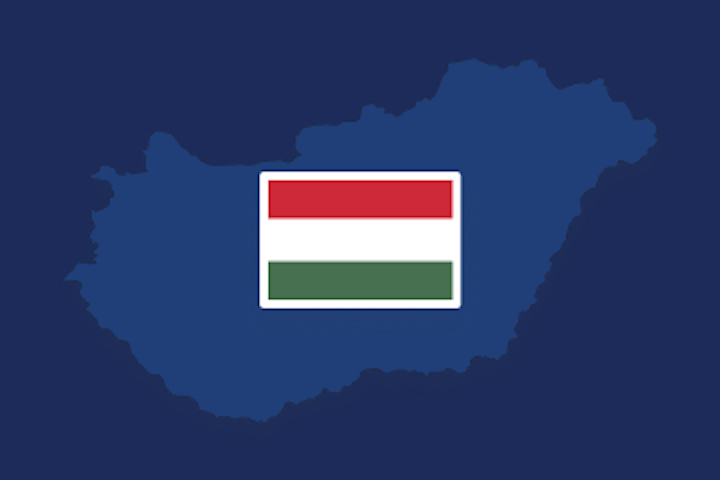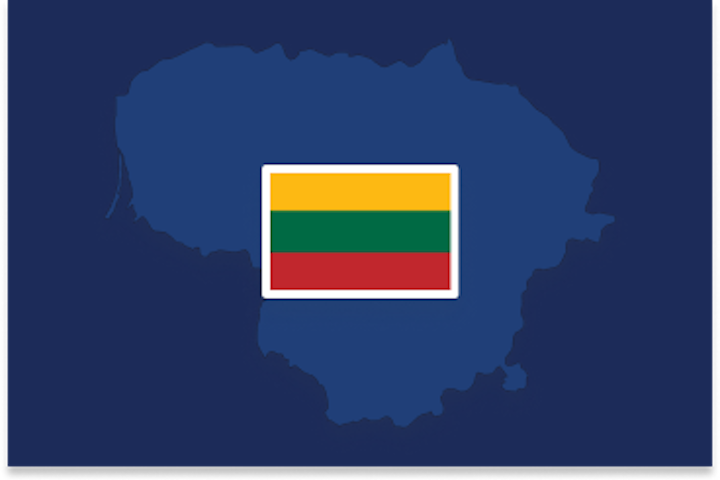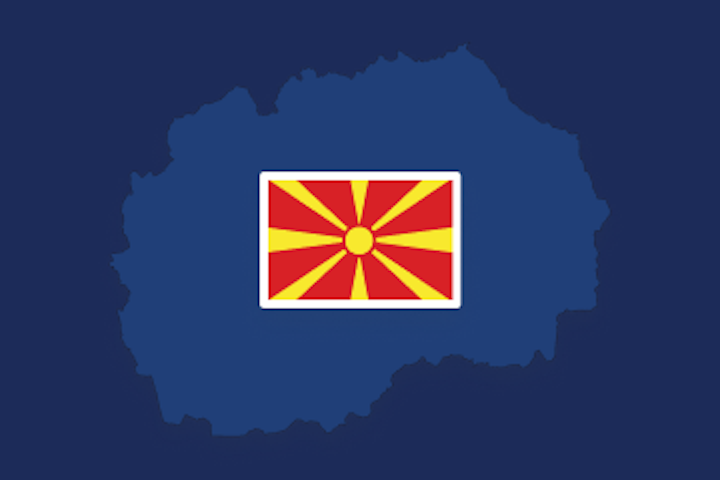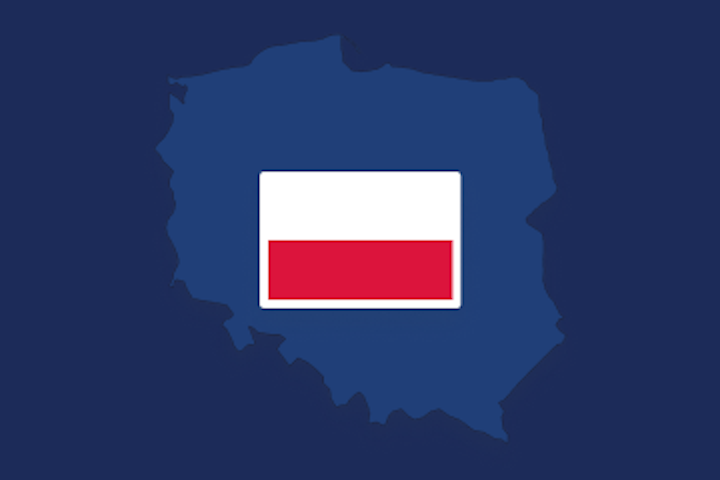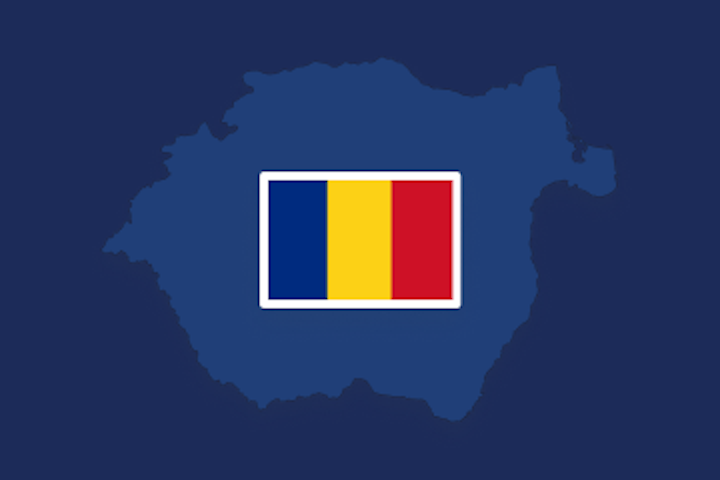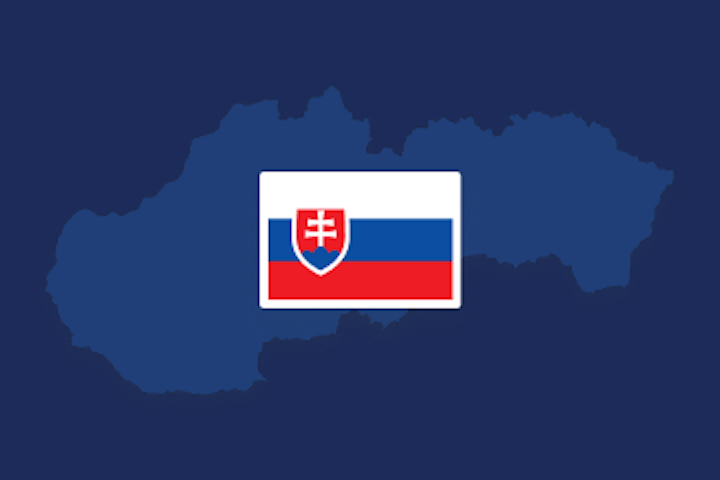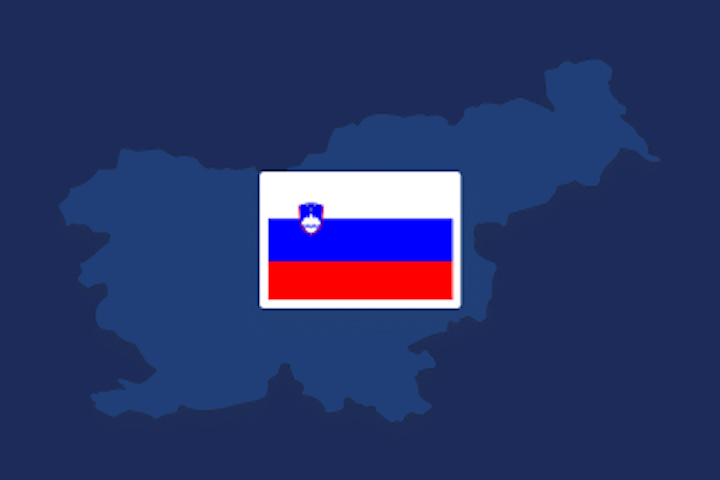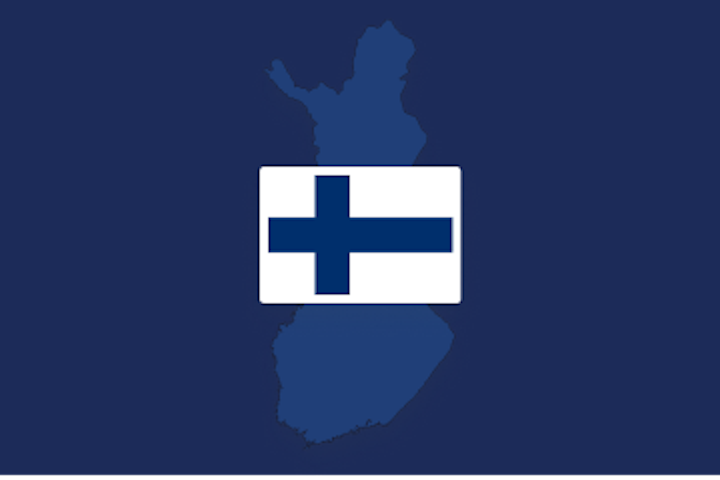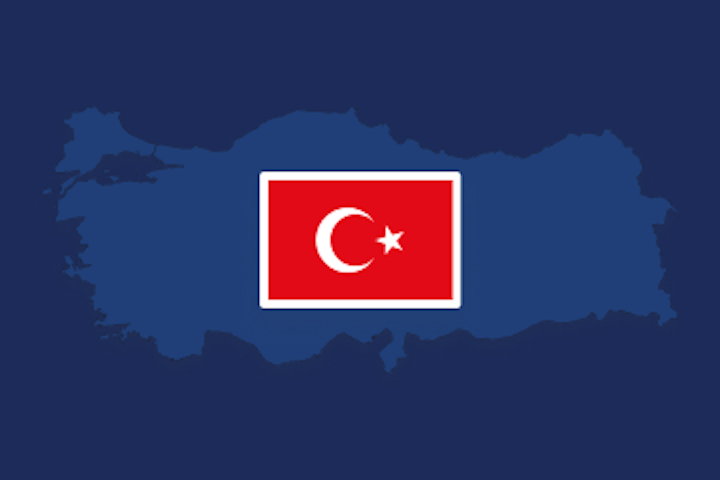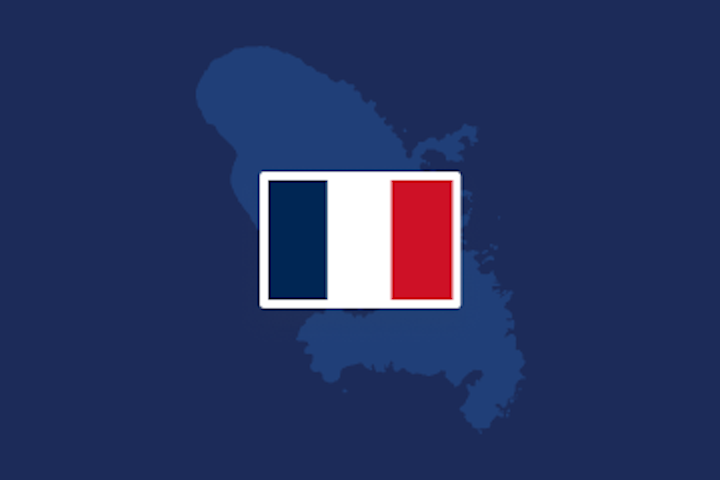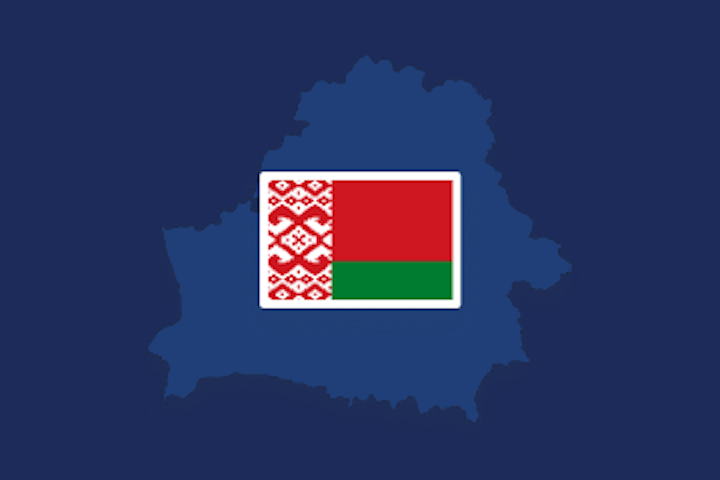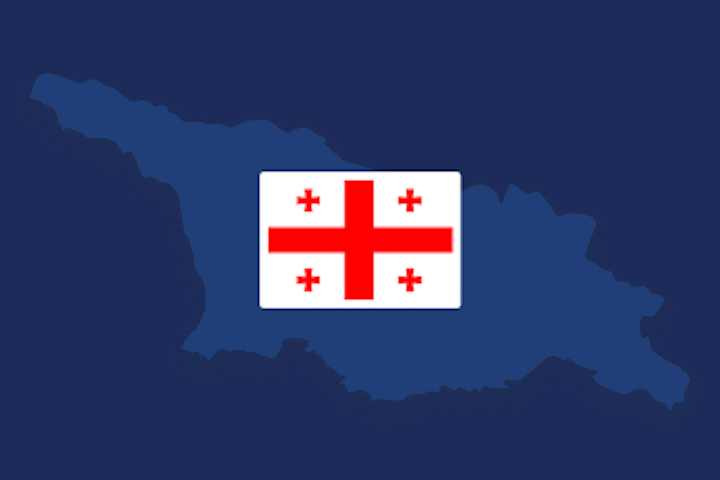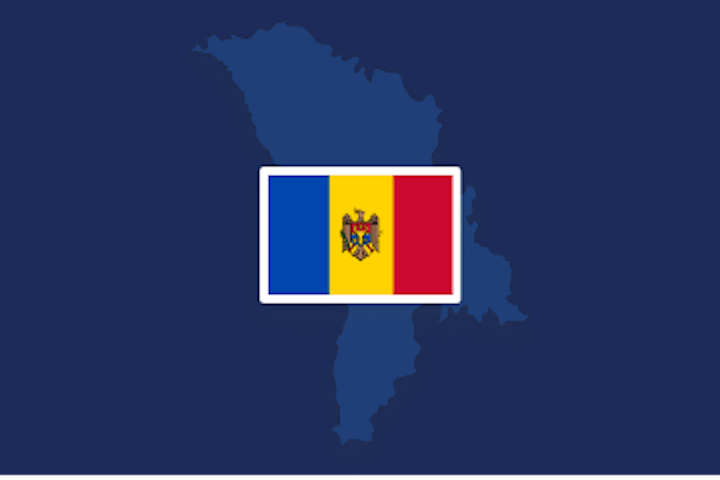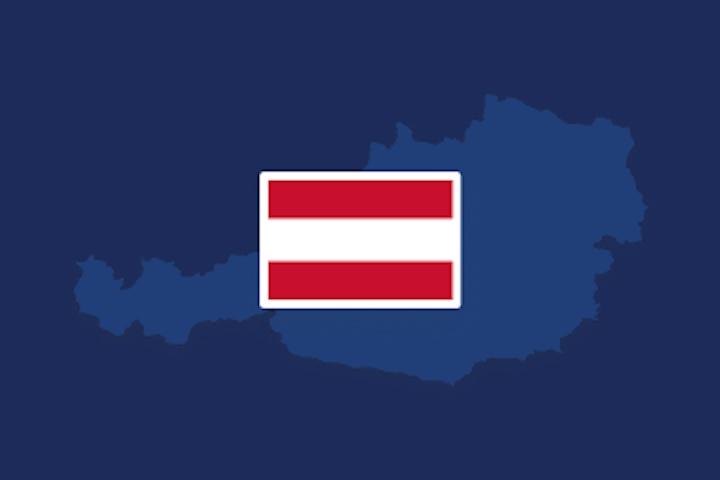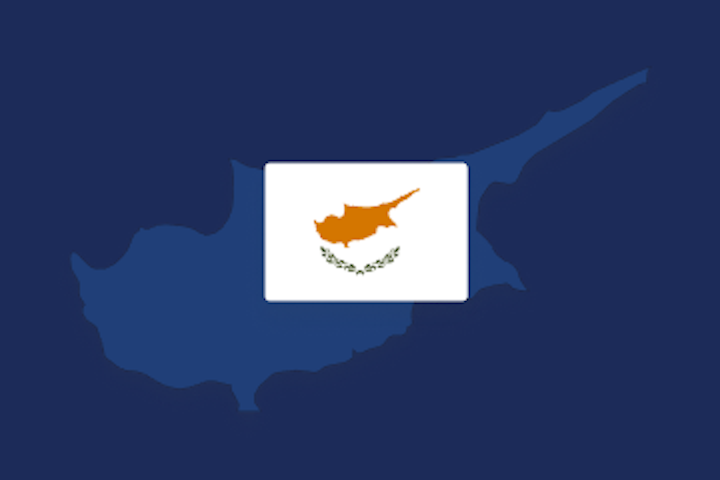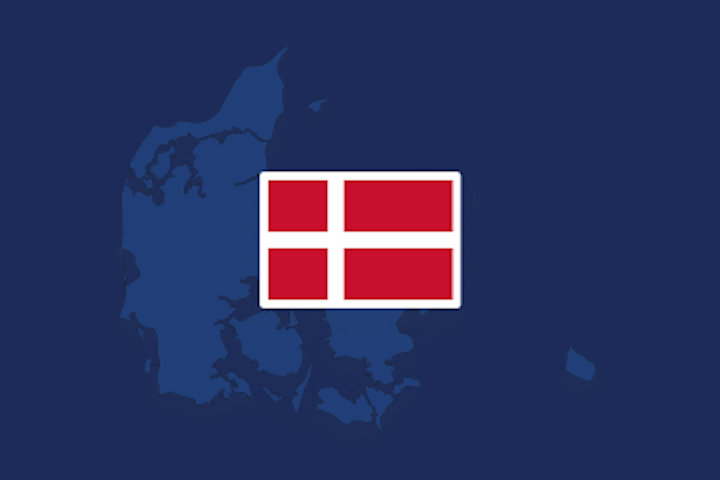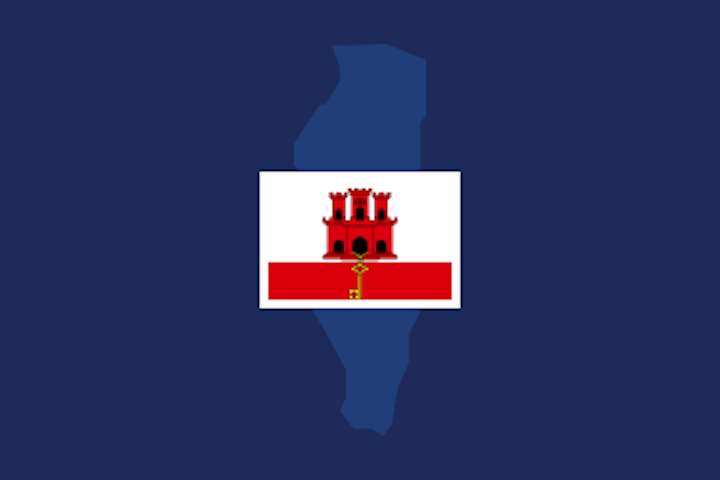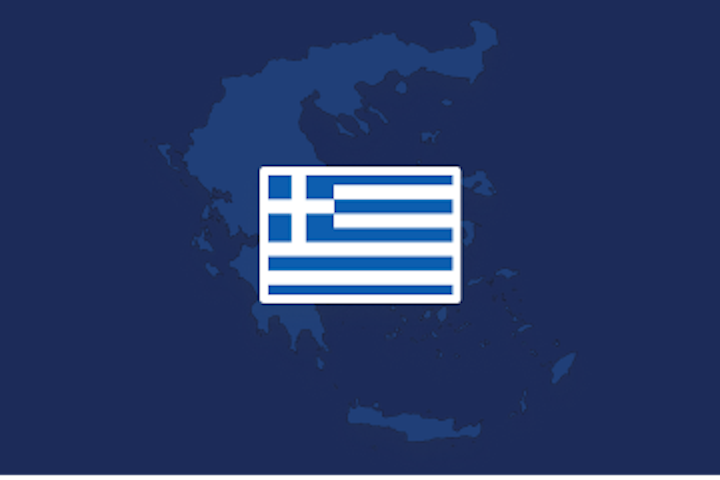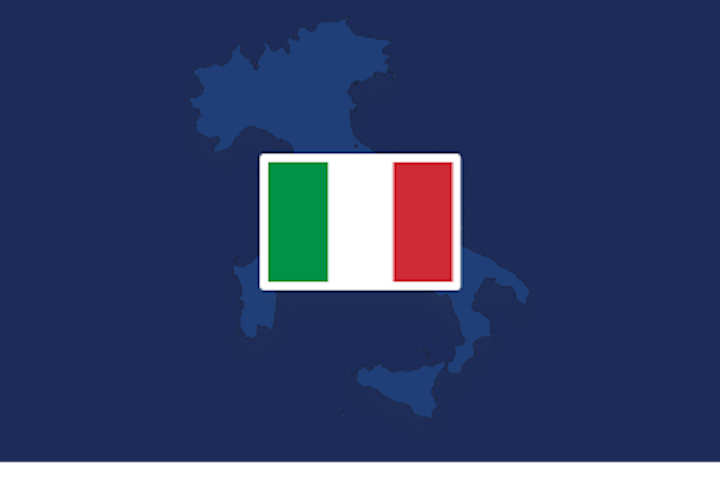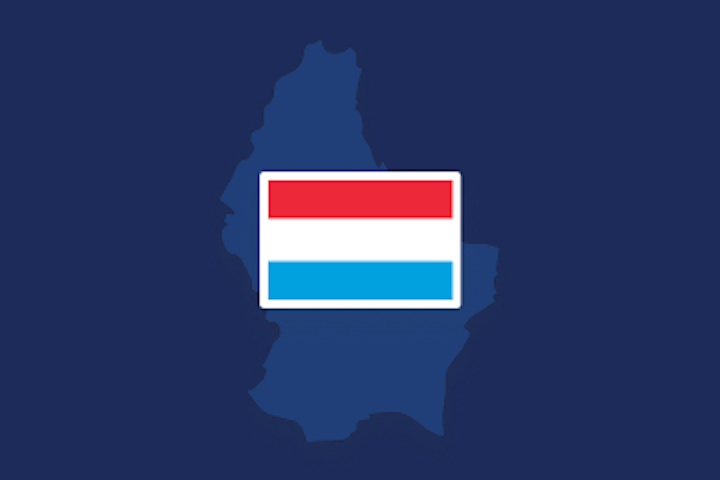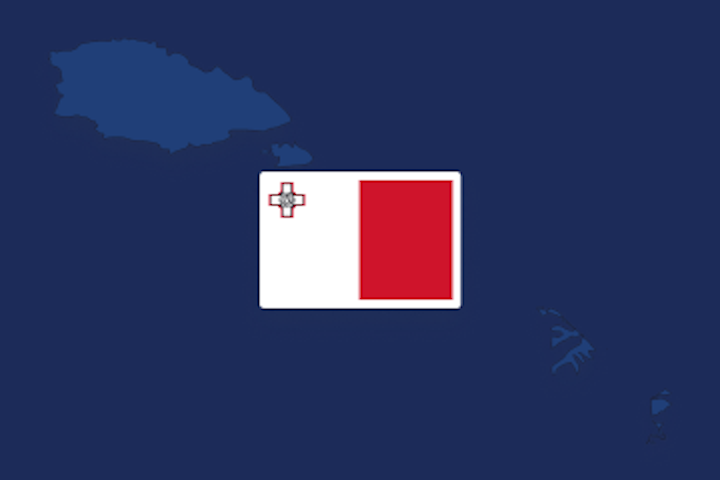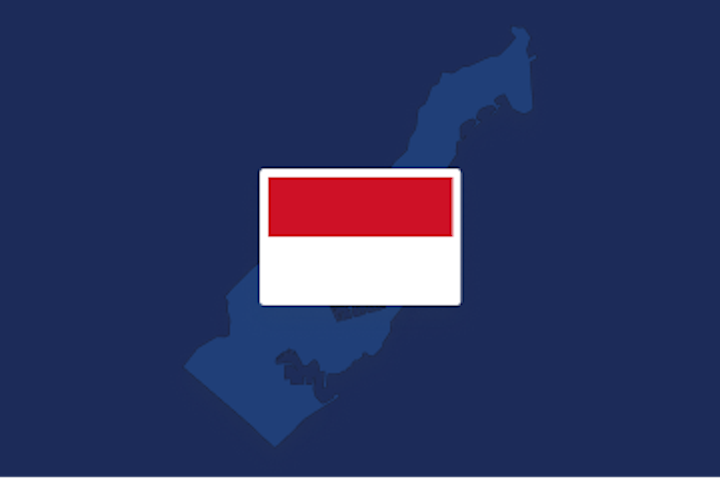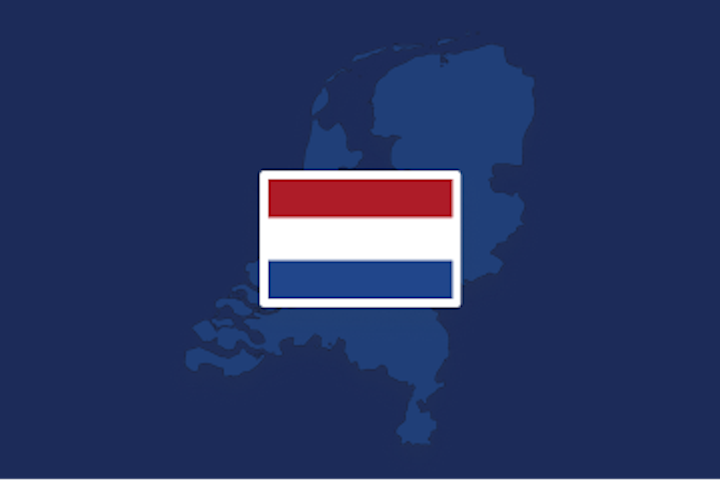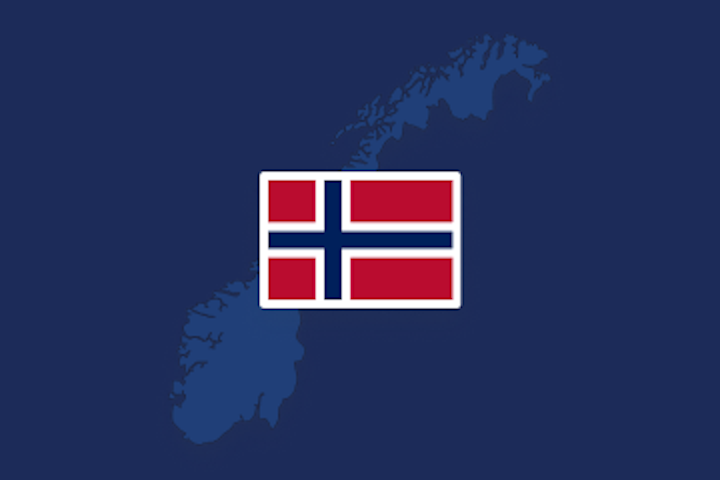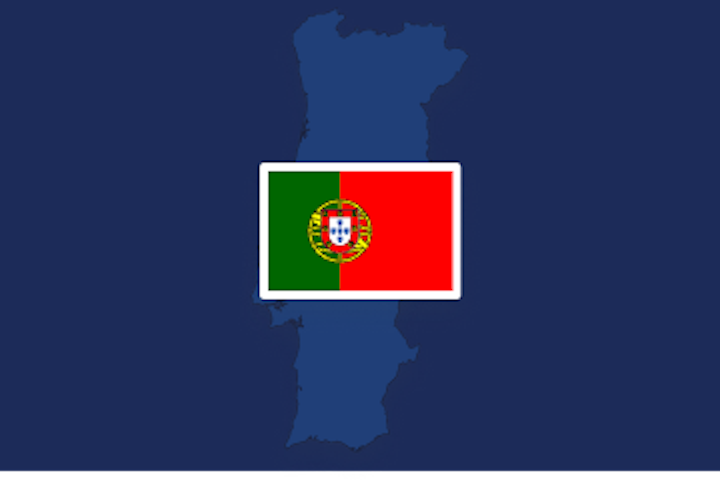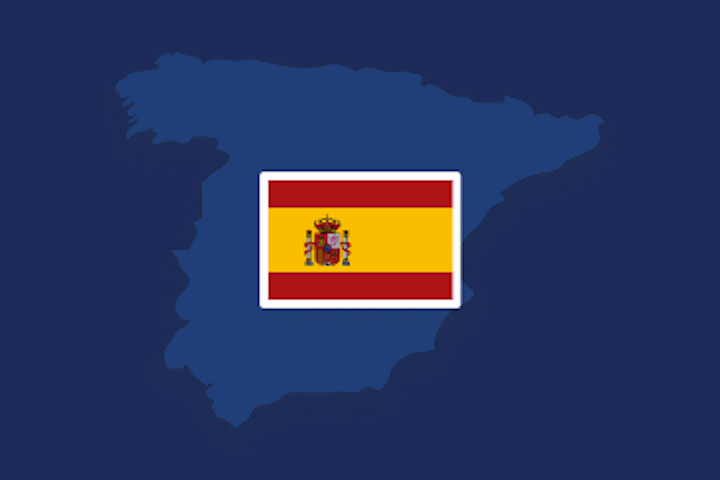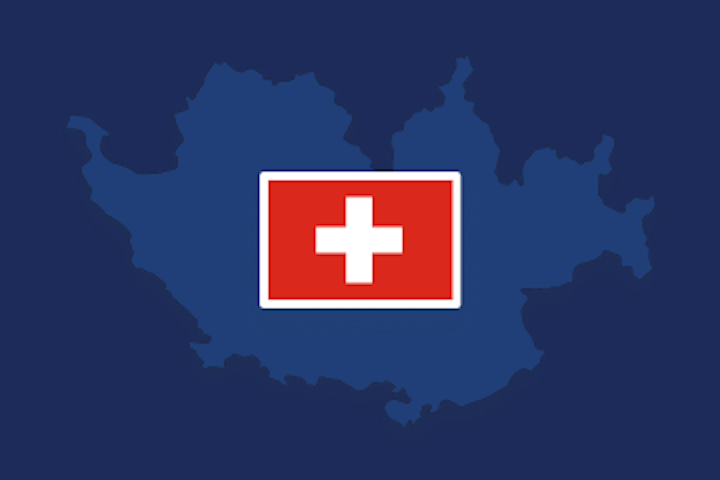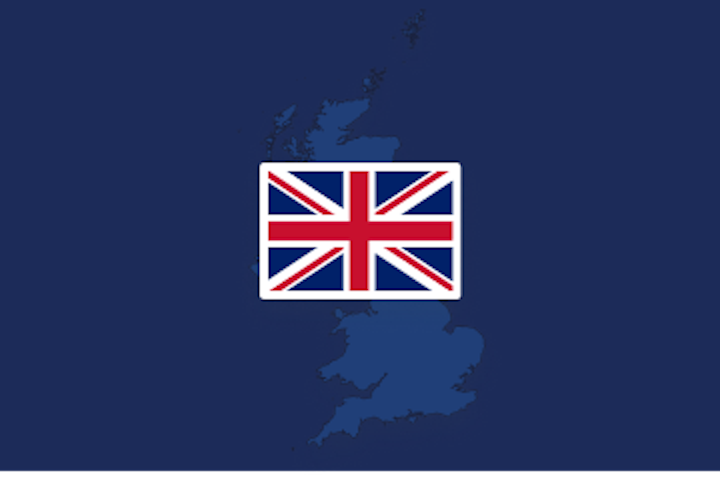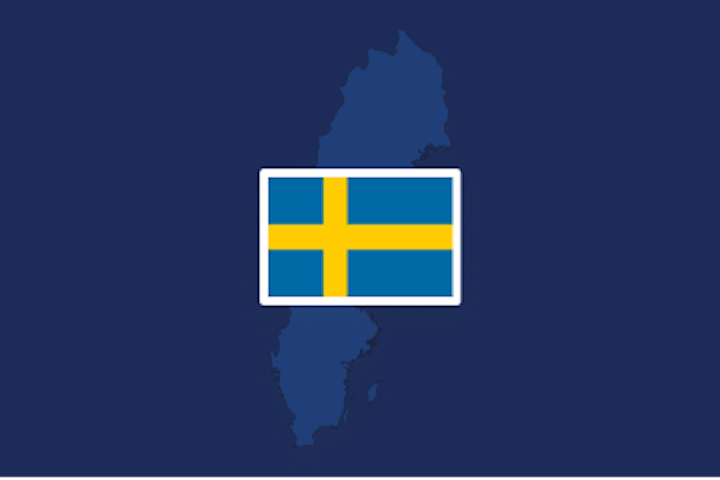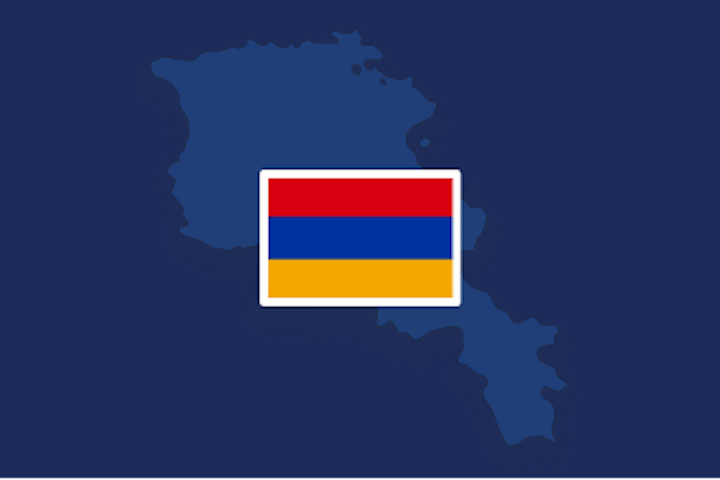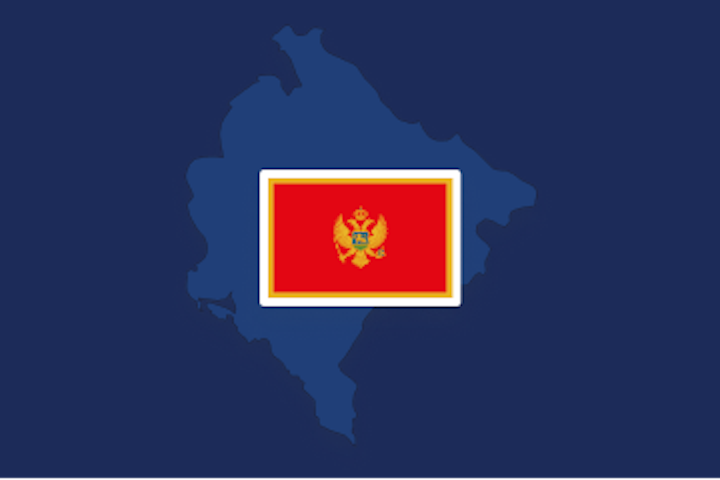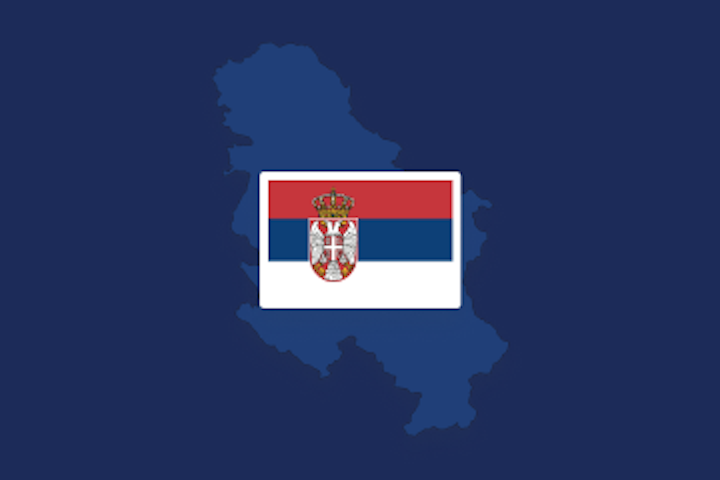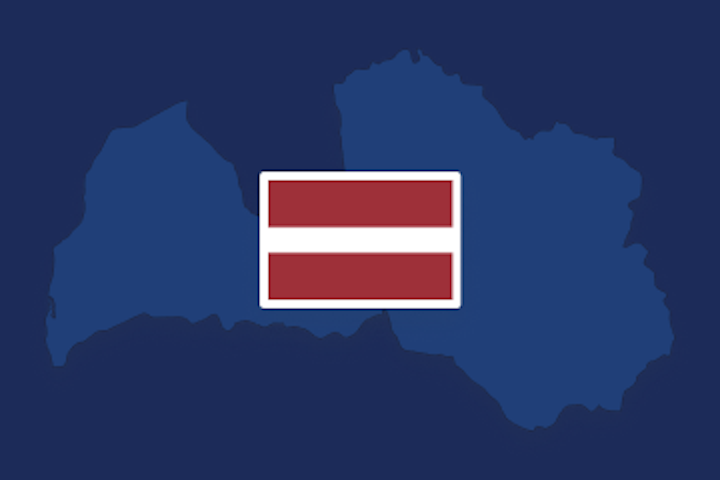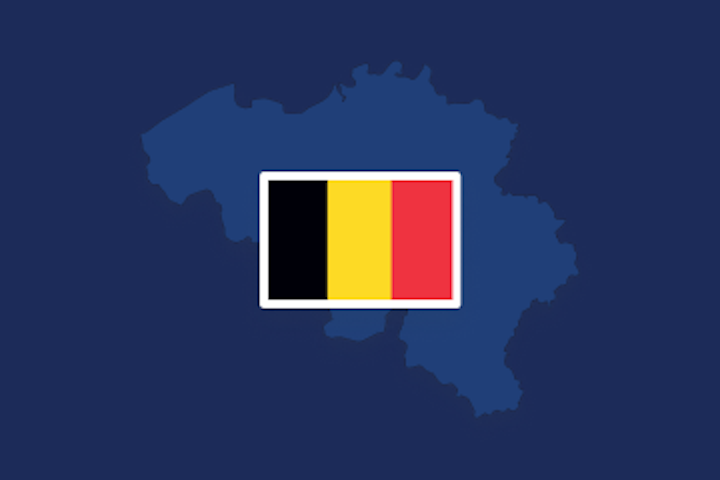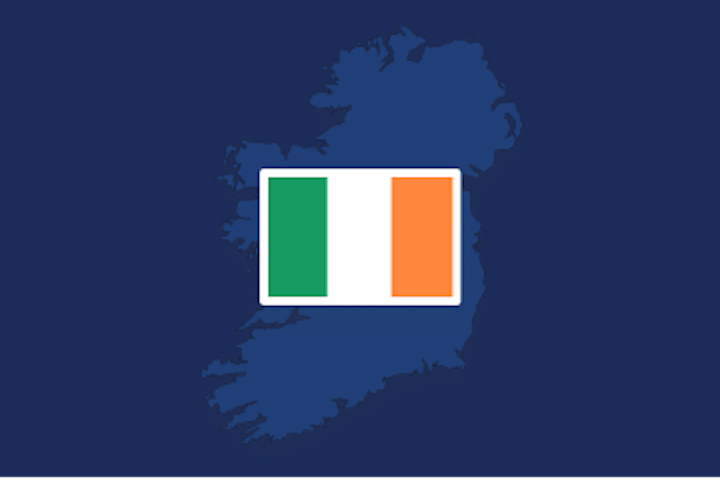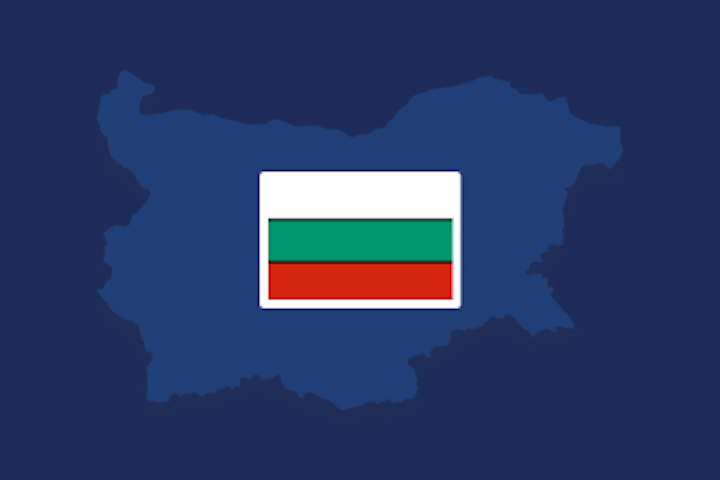The Third Reich and the Years of the Holocaust
With the rise to power of Adolf Hitler's Nazi Party in 1933, the 503,000 Jews living in Germany found themselves rapidly excluded from the German society they once belonged to. On April 1, 1933, a day-long boycott of Jewish-owned businesses proved to be the beginning of the diabolical process that eventually culminated in the deportation of Jews to the gas chambers of Auschwitz-Birkenau. In short order, Jews were excluded from the state civil service, and an April 1933 law restricted the number of Jewish students at German schools and universities; in Munich, Jewish doctors were barred from treating non-Jewish patients.
The 1935 Nuremberg Laws effectively excluded Jews from German society: They were deprived of their German citizenship and prohibited from marrying or having sexual relations with individuals of “German or German-related blood.” A 'Jew' was defined as anyone with three Jewish grandparents, regardless of whether he or she practiced the Jewish religion. Other, more discriminatory laws followed on both local and state levels and Jews were excluded from most of German economic life, with the “Aryanization” of Jewish property dramatically reducing the number of Jewish-owned businesses across Germany.
By 1938, the exclusion of Jews from virtually all aspects of German life had made their existence precarious in the extreme. Jews with non-Jewish first names had to add “Israel” (for men) and “Sara” (for women) to their given names, and Jewish passports were stamped with the letter “J”. On November 9, 1938, known as Kristallnacht, "the Night of the Broken Glass", 267 synagogues throughout Germany were destroyed and Jewish homes and businesses were ransacked and looted, while approximately 30,000 Jews were arrested and at least 91 were killed. In the aftermath of Kristallnacht, the German government forced the Jewish community to pay for all the damages that had been inflicted on them.
In 1938, demand for emigration increased, but despite the convening of the Evian Conference in France, immigration to most countries remained difficult, and in many cases almost impossible. For the most part, those Jews who remained in Germany at the beginning of World War II were unable to save themselves. The systematic deportation of Jews from the Greater German Reich, including Austria and German-seized parts of Czechoslovakia, primarily to ghettos in Poland and the Baltic states, and what is today Belarus, began in October 1941. After late October 1942, most of the Jews who were still in Germany were deported to Auschwitz-Birkenau or Theresienstadt. It is estimated that between 160,000 and 180,000 German Jews were murdered in the Holocaust.

